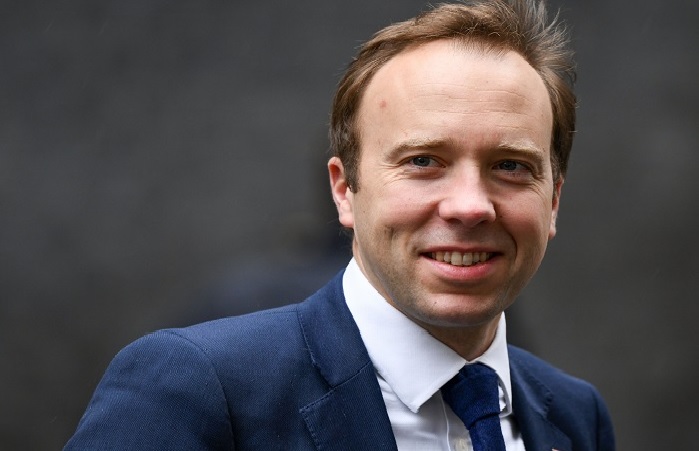
The Department of Health and Social Care (DHSC) has announced a new public consultation on potential amendments to the National Health Service (NHS) pension scheme, designed to enable high-earning, senior doctors and surgeons to take on additional work, or continue working for longer, without the fear of tax charges impacting their retirement savings.
The consultation will ask for feedback on new proposals that would award senior clinicians full flexibility over the amount they save in to their pension pots, by empowering doctors to set the exact level of pension accrual at the start of each year.
Senior doctors and surgeons, therefore, would be able to set their accrual rate in 10% increments, depending on their financial situation. For example, individuals might set a 30% contribution to achieve a 30% accrual rate. This would enable senior clinicians to take on additional shifts without breaching their annual allowance and having to pay tax charges.
Employers would then have the option to recycle their unused contribution back into doctors’ salaries.
Matt Hancock (pictured), health and social care secretary, said: “NHS doctors do extraordinary, life-saving work every day, and they should not have to worry about the tax impacts if they choose to go the extra mile by taking on additional work to help patients.
“These comprehensive proposals will give doctors the pension flexibilities they have called for and [make] sure they are rewarded for extra work. We are taking immediate action and I hope these flexibilities will encourage our top NHS staff to fulfil the dedication of their mission: to care for their fellow citizens in time of need.”
The new pension proposal, which would start from the next financial year if successful, replaces the DHSC’s previous 50:50 pension option announced in June 2019; this recommended allowing senior doctors to halve their pension contributions in exchange for halving the rate of their pension growth.
The proposals around the NHS pension scheme align with the NHS People Plan, published on 3 June 2019. This aims to deliver a fairer and more flexible approach to pension savings for senior clinicians, as well as targeting recruitment, making the NHS a great place to work and supporting employees to deliver modern care.
Alongside the public consultation, HM Treasury will also conduct a review into how the tapered annual allowance supports the delivery of public services, such as the NHS. This process will involve the British Medical Association (BMA) and other stakeholders.
Steve Webb, director of policy at Royal London, said: “In particular, the suggestion of a review of the tapered annual allowance is long overdue. This problem is not unique to the NHS, nor even just to the public sector, and so any review must be comprehensive and cover everyone affected by this absurdly complex taper, including in the private sector. The best solution by far would be outright abolition, even if this meant a slightly lower annual allowance across the board.
“The proposed changes will also create a huge need for high quality financial advice. Doctors will now face an annual choice of contribution rates between 0% and 100% and may have to review their decision late in the financial year. Decisions to give up valuable pension rights should not be taken lightly or hurriedly, and there is a risk that new options will be available before the necessary advice infrastructure is in place.”
Tom McPhail, head of policy at Hargreaves Lansdown, added: “A situation where key workers are discouraged from taking on overtime and performing socially valuable work because they’ll face punitive tax charges is plainly bonkers. However, this problem is not confined to NHS employees, or even just public sector workers, and it isn’t just the tapered annual allowance which is the problem. The Treasury needs to stop playing whack-a-mole with pension tax policy; all you end up with is trickle-down complexity.”
“[Government needs] to start from scratch, ask how the pension system and its tax architecture could serve the needs of individuals, employers and wider society. Then decide how much public money they can use to incentivise saving and the best way to deliver it. If [it] did that, [it would] end up with something looking very different from the system we’re battling with today.”